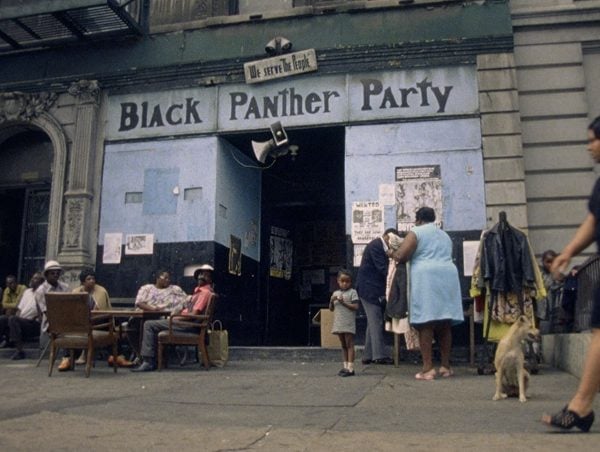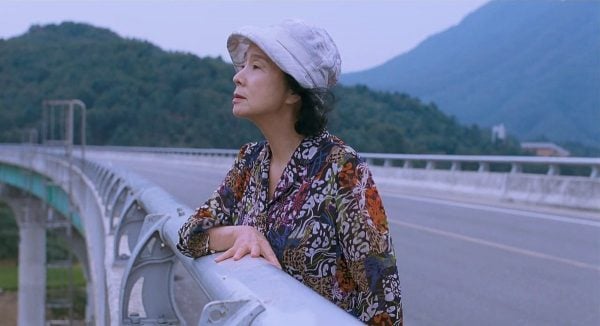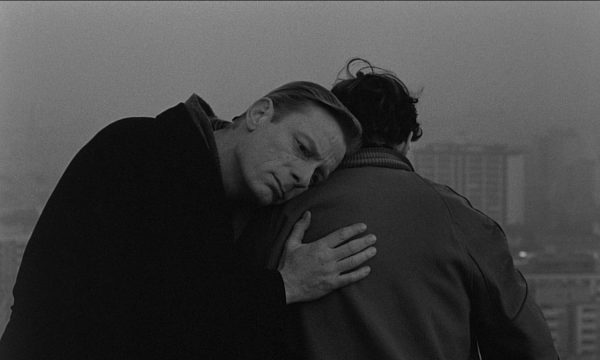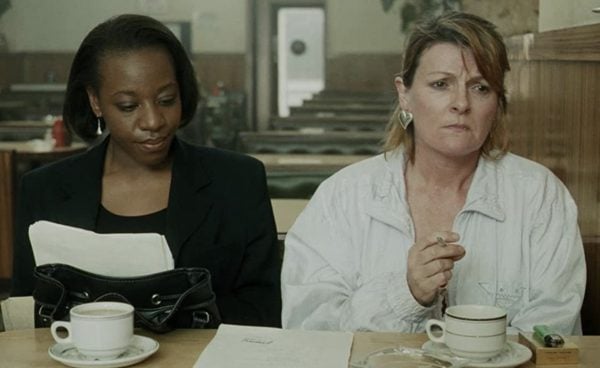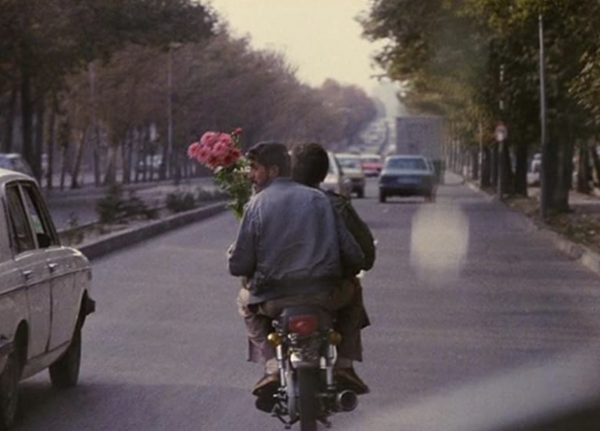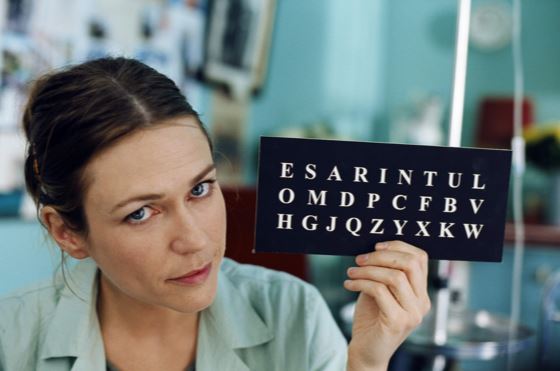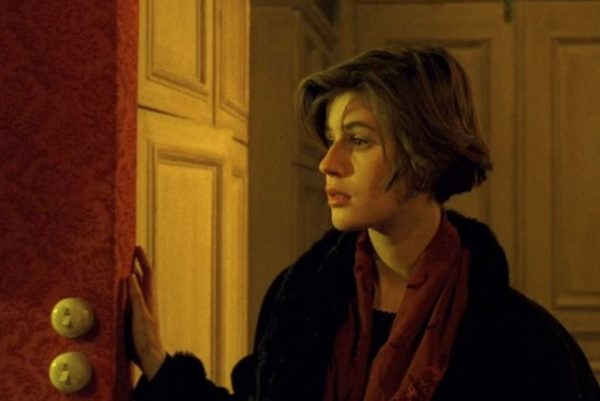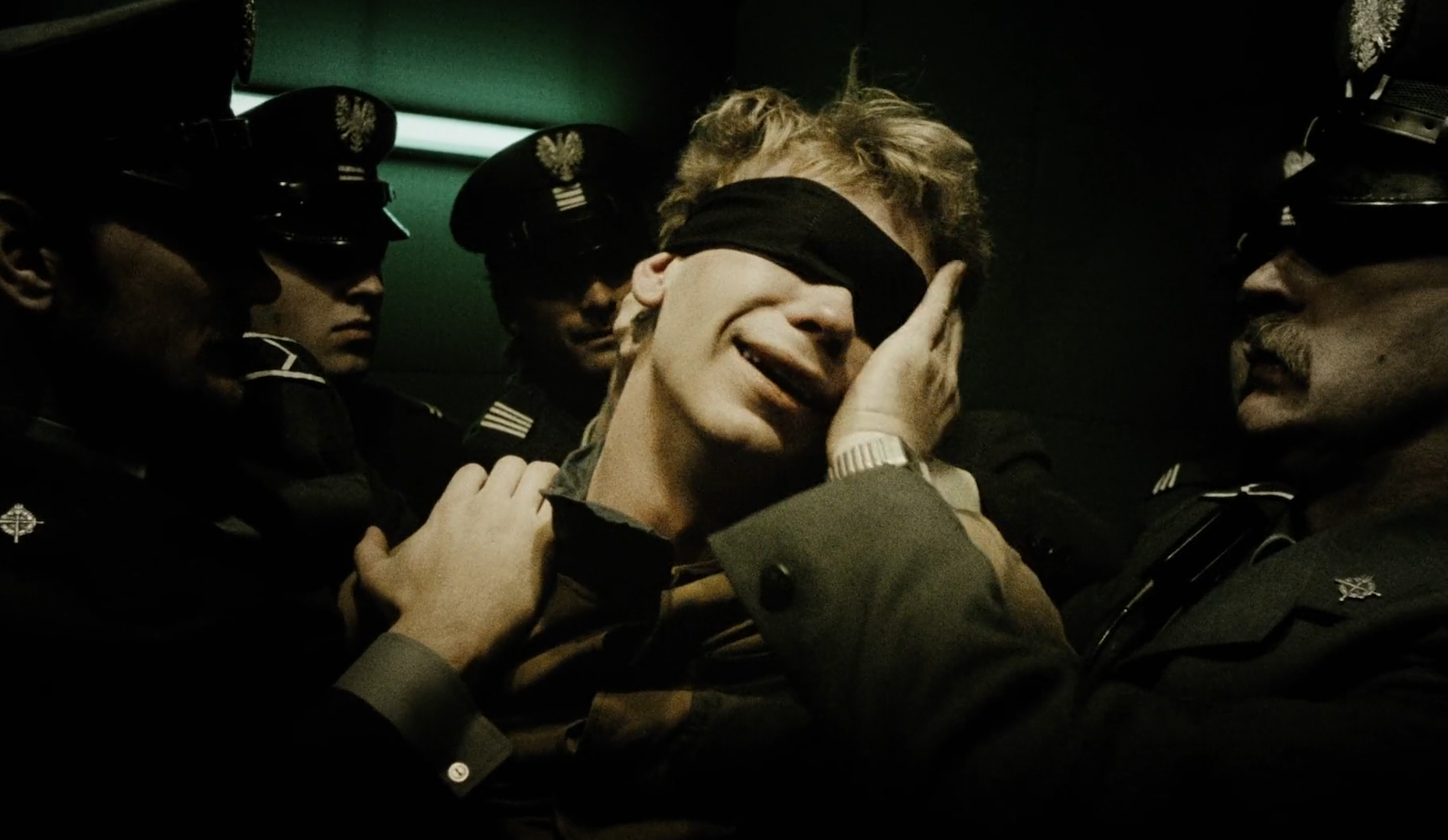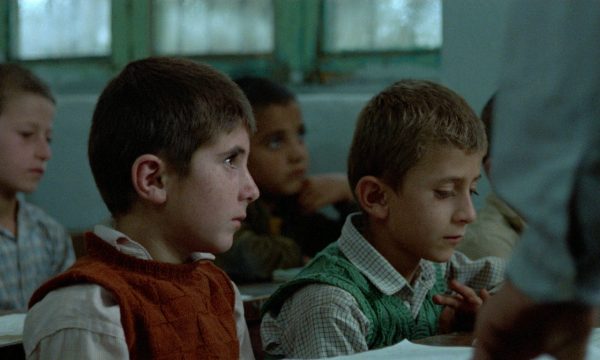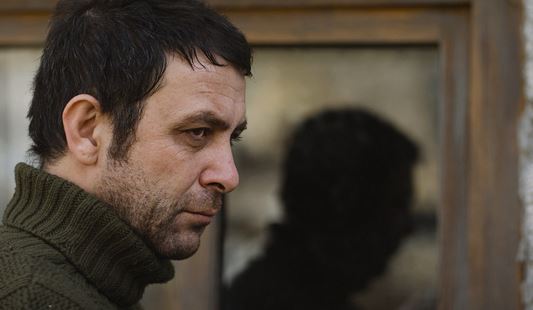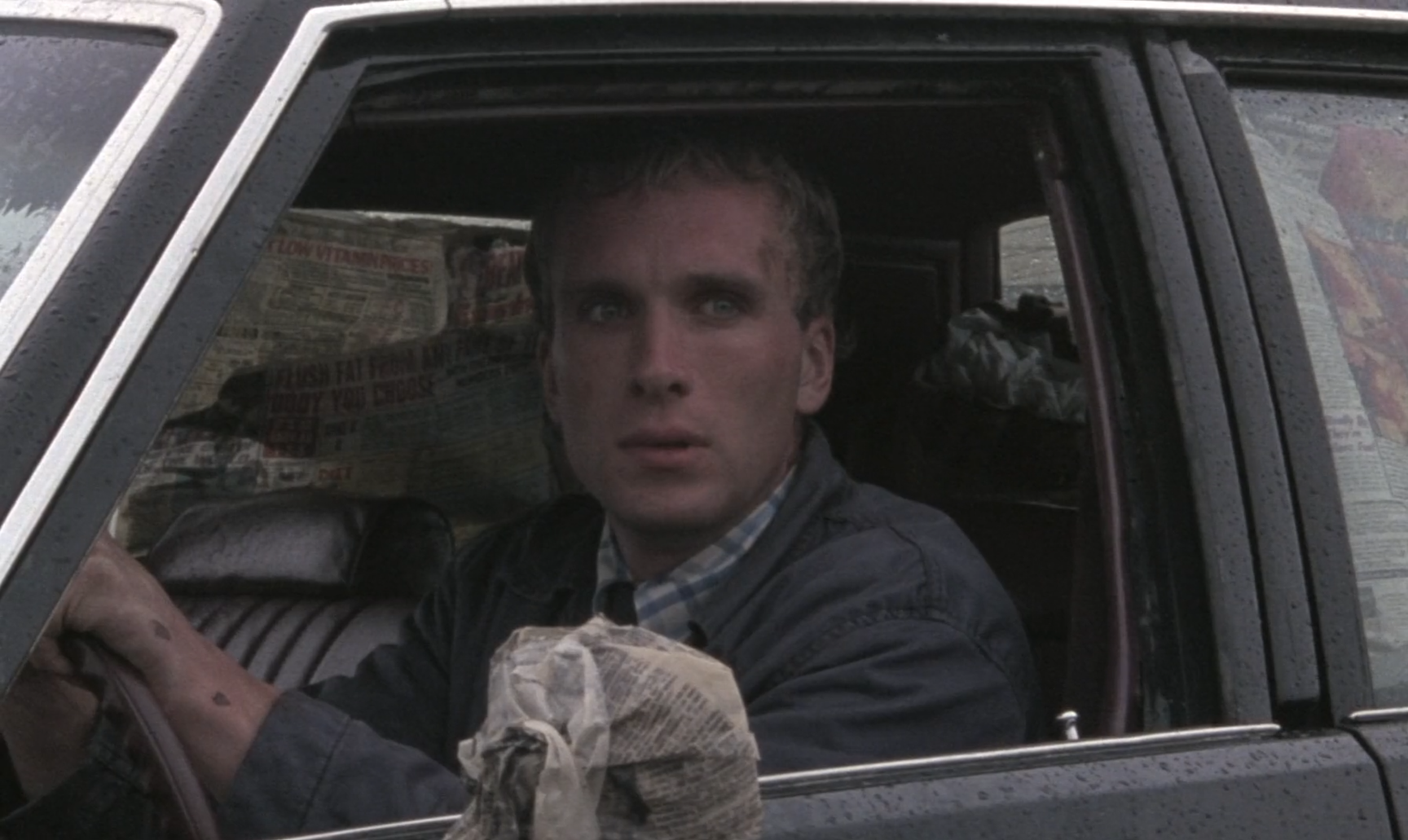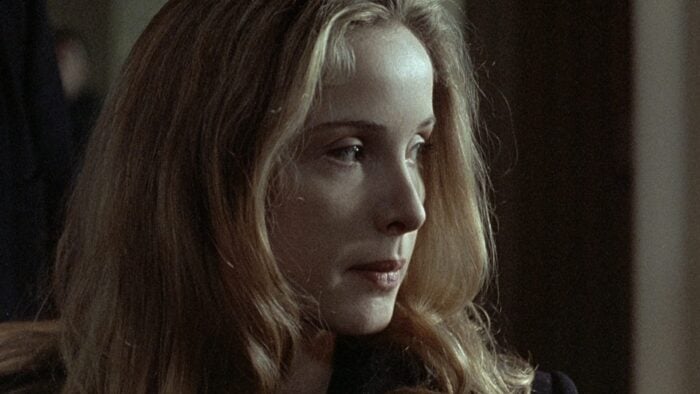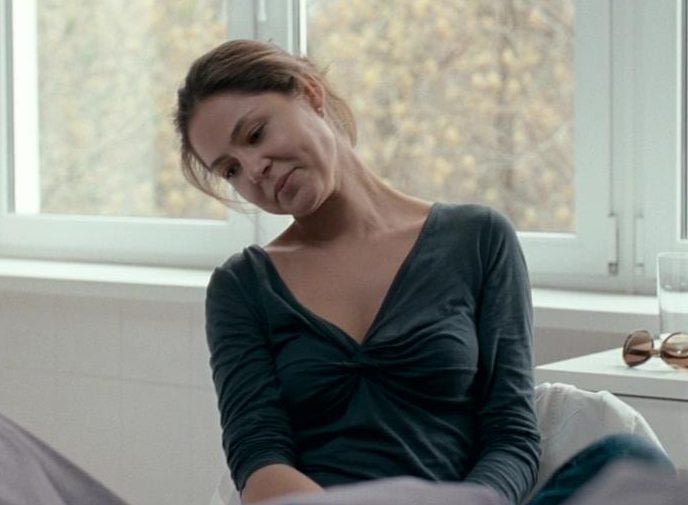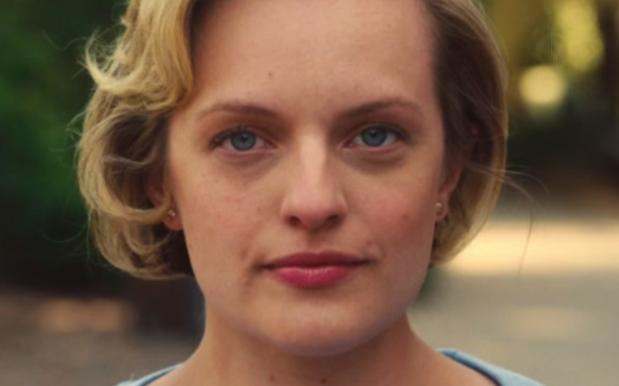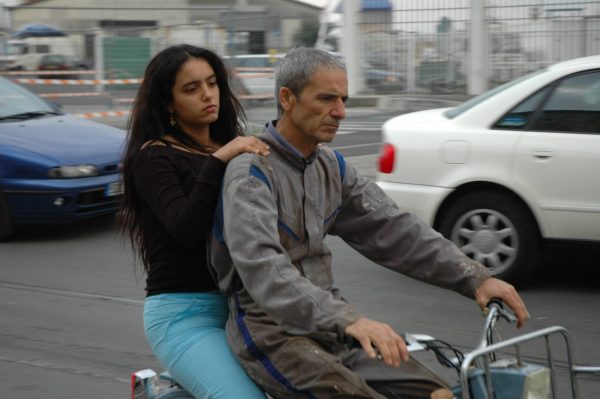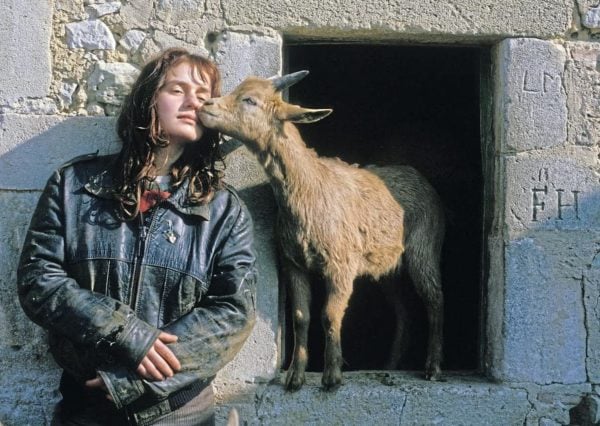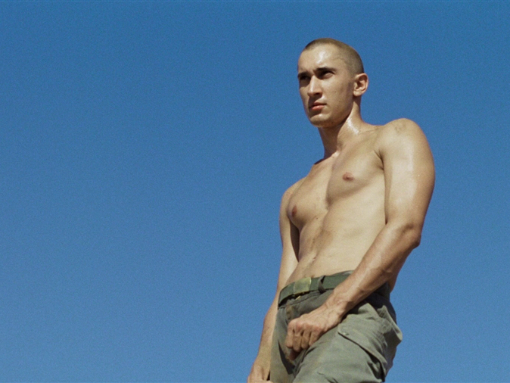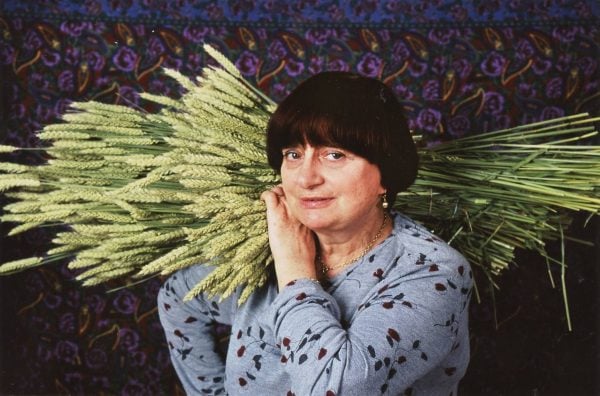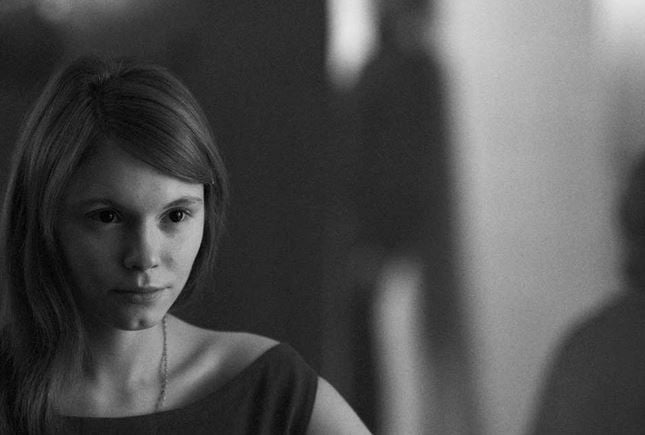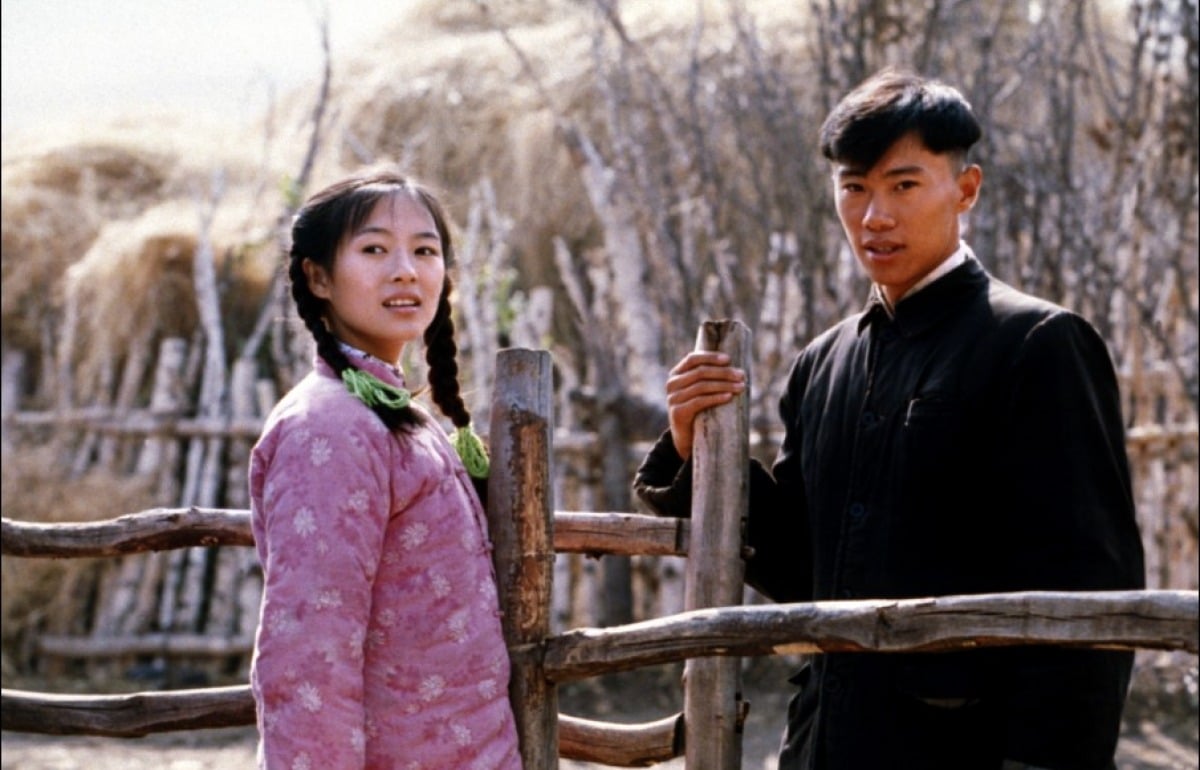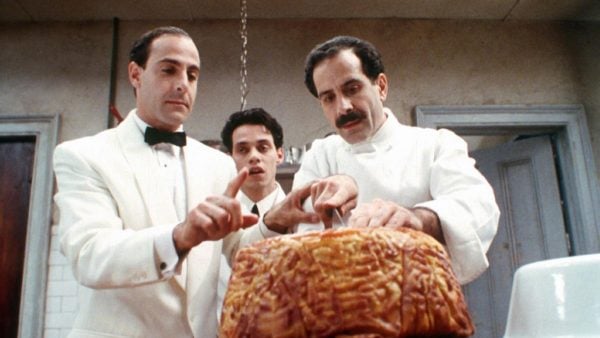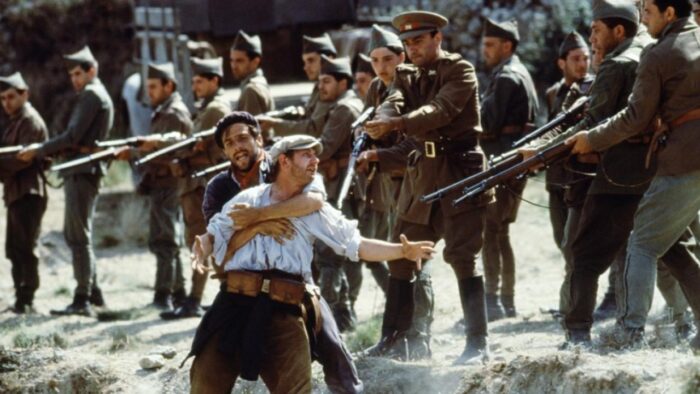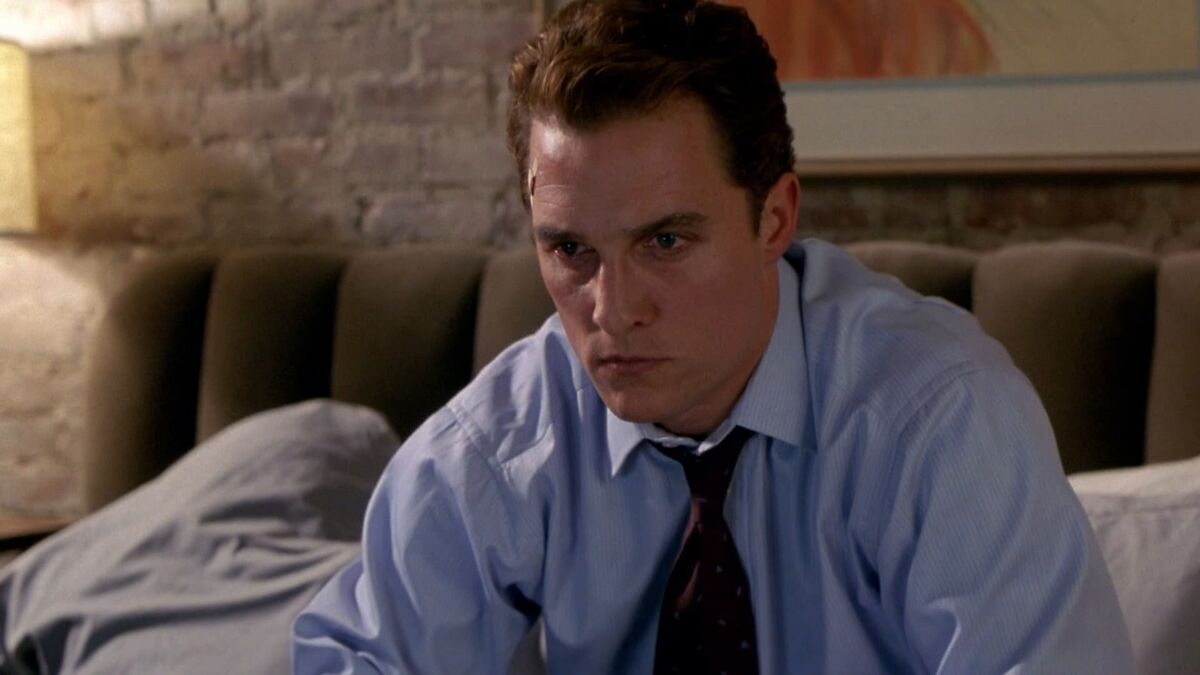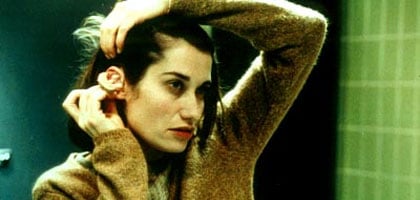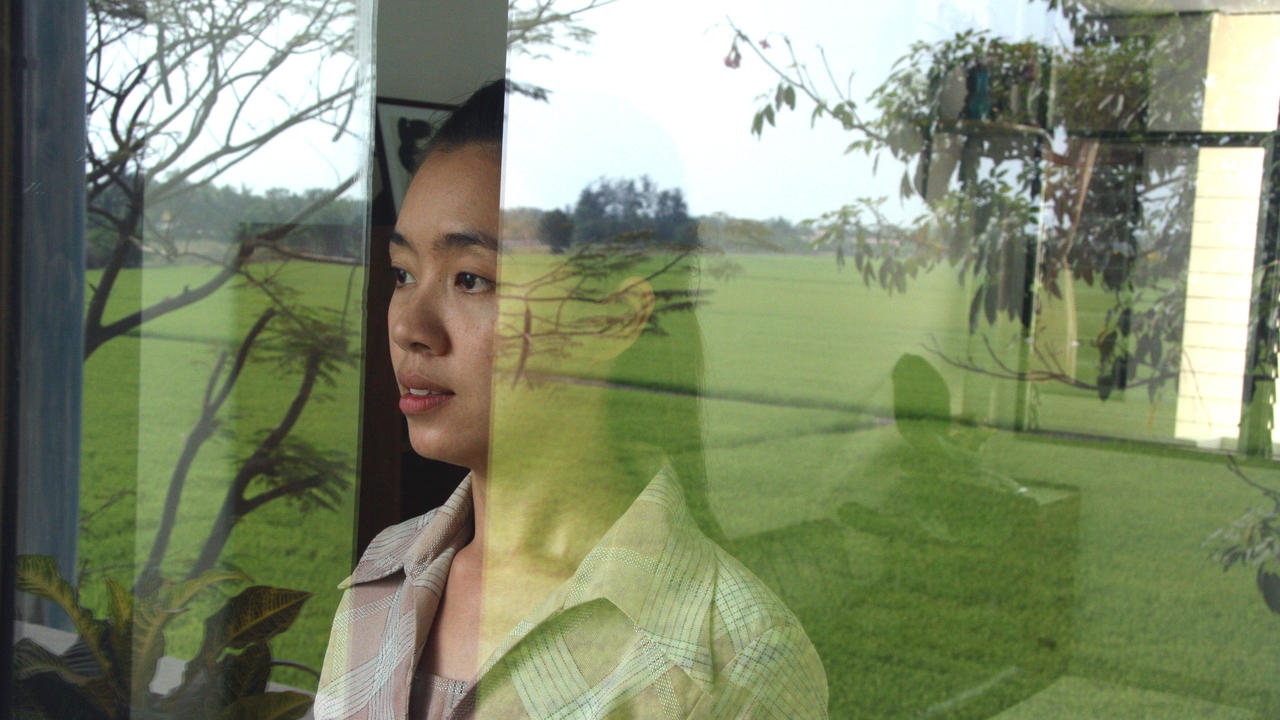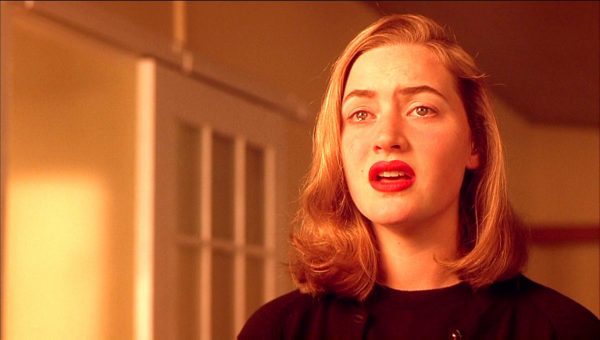Movies Like Three Colors: Blue (1993)
What starts out as as a summer camp of teenage boys not taking anything seriously grows into a rousing portrait of their hopes and dreams for the future. You wouldn’t expect a documentary like this—shot like a reality TV show—to carry so much weight, but Boys State knows how to unearth the values that drive […]
On Body and Soul is the impeccably crafted winner of the 2017 Berlin Film Festival and an Academy Award nominee for Best Foreign Language Film. Is it possible that two people dream the same dream? And meet each other in that same dream? This unique drama directed by Hungarian filmmaker Ildikó Enyedi studies this possibility […]
Called a masterpiece by many and featured on many best-of-the-21st-century lists, Director Wong Kar-wei has created a thing of singular beauty. Every frame is an artwork (painted, as it were, with help of cinematographer Christopher Doyle) in this meticulously and beautifully crafted film about the unrequited love of two people renting adjacent rooms in 1960s […]
With Howards End, the magic trio of producer Ismail Merchant, director James Ivory, and writer Ruth Prawer Jhabvala converted yet another turn-of-the-19th-century EM Forster novel into exquisite cinematic form. Ravishingly shot and performed to career-best heights by many of its cast, Howards End loses nothing of the elegance we expect from a period drama, and […]
Between 1967-1975, a group of Swedish filmmakers traveled to America to document the Black Power movement. The resulting archival footage of Black activists and intellectuals, including Bobby Seale, Huey P. Newton, Eldridge Cleaver, and the amazing Angela Davis, was hidden in an archive until it was unearthed and woven together by Göran Olsson, a Swedish […]
Poetry is a masterpiece from one of South Korea’s most cherished movie directors, Lee Chang-dong. The simple story follows the everyday life of a grandmother, Mija, who works as a caretaker for a living. To fill her inner emptiness, she decides to join a poetry club with other grandmothers in her neighborhood. Meanwhile, as Mija […]
Two angels wander the streets of a monochrome Berlin, invisible to the colorful world that bustles around them. When one of them falls in love, he begins to question his place and yearns to give up immortality to join the ranks of the living. Wim Wender’s exceptional film is a poetic meditation on faith, cinema, […]
A woman yearns to find her biological mother, another woman struggles with infertility, a third wants to connect with her rebellious daughter. Director Mike Leigh has the prowess to seamlessly weave these stories together, and part of the joy is knowing, that like clockwork, these narratives are set on a spectacular collision course. As melancholy […]
The apex of Abbas Kiarostami’s monumental filmography, Close-Up is a testament to the late directors’ ingenuity and humanism. Kiarostami documents the real-life trial of a man who impersonated fellow Iranian filmmaker Mohsen Makhmalbaf, and ingratiated himself to a family believing him to be the real deal. The courtroom drama and interviews are fascinating enough, but […]
Directed by celebrated artist-turned-filmmaker Julian Schnabel, who won an award in Cannes for it, The Diving Bell and the Butterfly is the true story of the Parisian journalist and fashion editor Jean-Dominique Bauby (Mathieu Amalric), who suffered a devastating stroke at the age of 43. Paralyzed almost completely by what is termed locked-in syndrome, his […]
Krzysztof Kieślowski’s drama stars Irène Jacob as two identical women living separate lives, and the intricate and indelible ways in which they are bound together. While Weronika, a Polish singer, balances her familial duties and intimate romantic relationship, a French music teacher named Véronique senses that she is not alone. The Double Life of Véronique’s […]
Even before any blood is inevitably shed during A Short Film About Killing (which serves as the expansion of another episode from director Krzysztof Kieślowski’s Dekalog miniseries, alongside A Short Film About Love), there’s something positively oppressive and sinister even just in the way the movie is shot. Kieślowski and cinematographer Witold Adamek use color […]
Abbas Kiarostami delivers a tale of towering simplicity. A young boy mistakenly takes his friend’s notebook home and, knowing the friend faces expulsion without it, goes on a journey to bring it back. He visits the neighboring town but without a clue where his friend lives must rely on the kindness of strangers and overcome […]
An absolutely beautiful film about superficiality, arrogance, and heartbreak. It focuses on the life of Aydin, a retired actor who now lives very comfortably managing a small hotel and a number of other small properties. Throughout the film Aydin’s image shifts as he tackles the problems of his rather typical life. Having said this, there […]
How do you get rid of an irremovable stain? In Lodge Kerrigan’s psychological thriller, characters shave the dirt off in hopes of returning things to their original pristine state. In the process of doing so, however, permanent damage is incurred, which begs the question: is the eradication of filth correspond to cleansing? Through erratic editing […]
Krzysztof Kieślowski’s trilogy reflects both the colors and the values of the French republic: liberté, égalité, fraternité. In Trois couleurs : Blanc (Three Colors: White), Kieślowski explores not only the theme of equality, but also the ramifications of defining and “achieving” equality as a European ideal. After failing to consummate their marriage, Dominique (the ever-bewitching […]
Part documentary yet part surreal daydream, director Derek Jarman’s final film is one last rallying cry into a blue void. Against an unchanging screen of International Klein Blue, most of the film is Jarman’s voice, drifting through various subjects, from day-to-day complications of AIDS to contemplations about the color blue. Some of his frequent collaborators […]
Realistic, intimate, and compelling, Elena is a movie that makes you think a lot after you finish watching it. It is an inherently Russian movie, however there is something about how the story is told that makes it a universal family drama. A woman from a modest background to which she still has a lot […]
Elisabeth Moss is in it. Calling The One I Love a romantic-comedy, looking it up, or trusting anyone else about it — especially my review, will ruin this film for you. Just watch it. If one’s penchant is typically opposed to titles with ‘love’ in them, then it’s for you. Just hit ‘play’, or ‘start’, or whatever. The […]
The Secret of the Grain is a saga of the immigrant experience and a packed 151 minutes of diverse storylines and themes that could have each been a film on their own. Slimane Beiji is a Tunisian immigrant in the French port city of Sète. His large family consists of two units: his ex-wife Souad, […]
Even before Agnès Varda pivoted to documentary filmmaking, she was a pioneer of French cinema. Her film Sans toit ni loi (Vagabond) is one of her most harrowing dramas. Varda’s sensibilities as a burgeoning documentarian are apparent as the film opens on the corpse of a woman lying dead in a snow-covered ditch. Through flashbacks, […]
Often considered Claire Denis’ best film, Beau Travail is an epic exploration of both masculinity and colonialism. Inspired by Melville’s Billy Budd, she transplants the story to Djibouti where the French Foreign Legion run seemingly aimless drills in an arid desert landscape while largely alienated from the local community. Denis inverts the male gaze and […]
Les Glaneurs et la Glaneuse (The Gleaners and I) is one of the late Agnès Varda’s great documentaries. The film follows “gleaners”—scavengers and collectors of discarded garbage or abandoned items—from the French countryside into the city. The first of Varda’s subjects recalls, “Gleaning, that’s the old way,” marking a clear distinction: old versus new, rural […]
Ida, the 2015 Academy Award for Best Foreign Language Film, is a stark black & white drama set in the early 60’s about a young Polish nun-to-be and her bawdy Aunt Wanda searching for the truth behind her family’s demise at the hands of the Nazis. What initially comes off as a painfully slow sleep-inducer […]
With more and more young people moving to the city for jobs, there’s a certain beauty in the countryside that is being missed out. The Road Home is a simple and straightforward love story, one that is mostly composed of Zhang Ziyi as a country girl stealing glances at the handsome city boy who’s come […]
There are comfort food movies, and then there are films like Big Night: comfort food movies about comfort food. Stanley Tucci and Tony Shaloub are brothers running a failing Italian restaurant. Their last chance to save it from foreclosure is to throw a colossal dinner bolstered by a dubious promise of a visit from singer […]
Stereotypically made to look like one-note villains in many other films, the kinds of characters who lead Land and Freedom are rightfully depicted as people acting out of a desire for something constructive and good. Through director Ken Loach’s trademark approach to no-frills storytelling, the complex ideologies motivating each of these factions against the common […]
“What is happiness?” is one of those philosophical questions that seem destined to go unanswered, one that, when asked, starts a debate that splinters into smaller debates, all of which lead to nowhere. This film is sort of an embodiment of that question, but instead of being vague and pointless, it revels in mystery and […]
In my own wished-for parallel universe, French actors Vincent Cassell and Emanuelle Devos are voted the sexiest actors alive. I find them both transfixing and appealing in every role they’ve performed, and they are quite the pair here. Devos plays Carla, a put-upon assistant at a property management company. While good at her job, there […]
Leave it to a master filmmaker like Krzysztof Kieślowski—known for the Three Colours Trilogy, The Double Life of Veronique, and the miniseries Dekalog (whose sixth episode was expanded into this film)—to take a premise as banal as that of a peeping tom and to turn it into something mysterious and poignant. There are definitely still […]
Meditative, slow, and peppered with mysticism and subtle humour, Syndromes and a Century is a truly unique Thai drama. With a male and female doctor as the central protagonists, the story is split into two settings, in different hospitals and 40 years apart. This is not a plot-driven movie by any means. Patiently paced scenes […]
Peter Jackson made the transition from splattery gross-out movies like Braindead to more respectable fare with Heavenly Creatures, the true story of an intense relationship between two teenage girls that culminates in the murder of one of their mothers. As the girls’ friendship becomes unhealthier, they invent a secret world for themselves, amusingly including a […]
























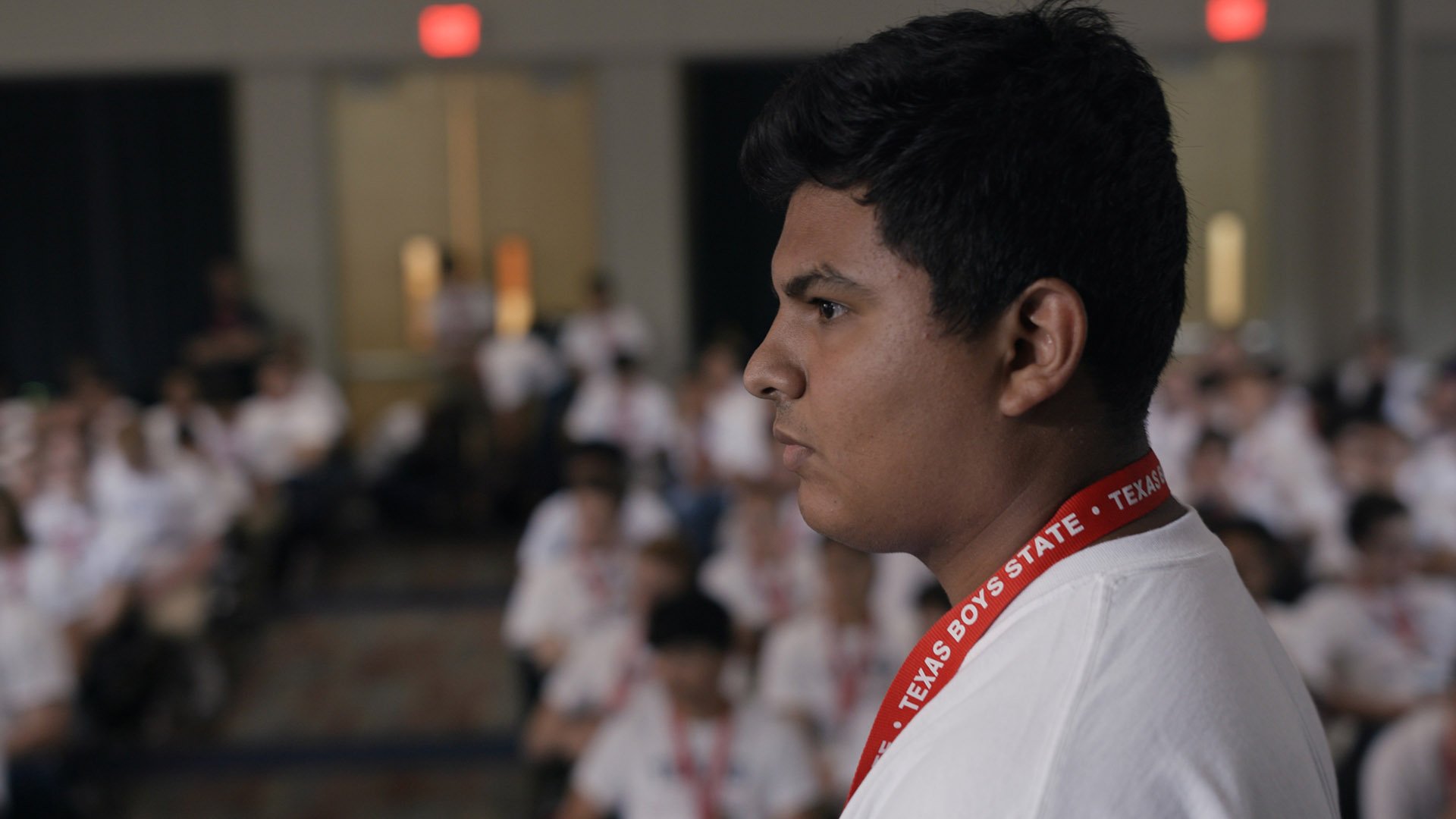
 x4
x4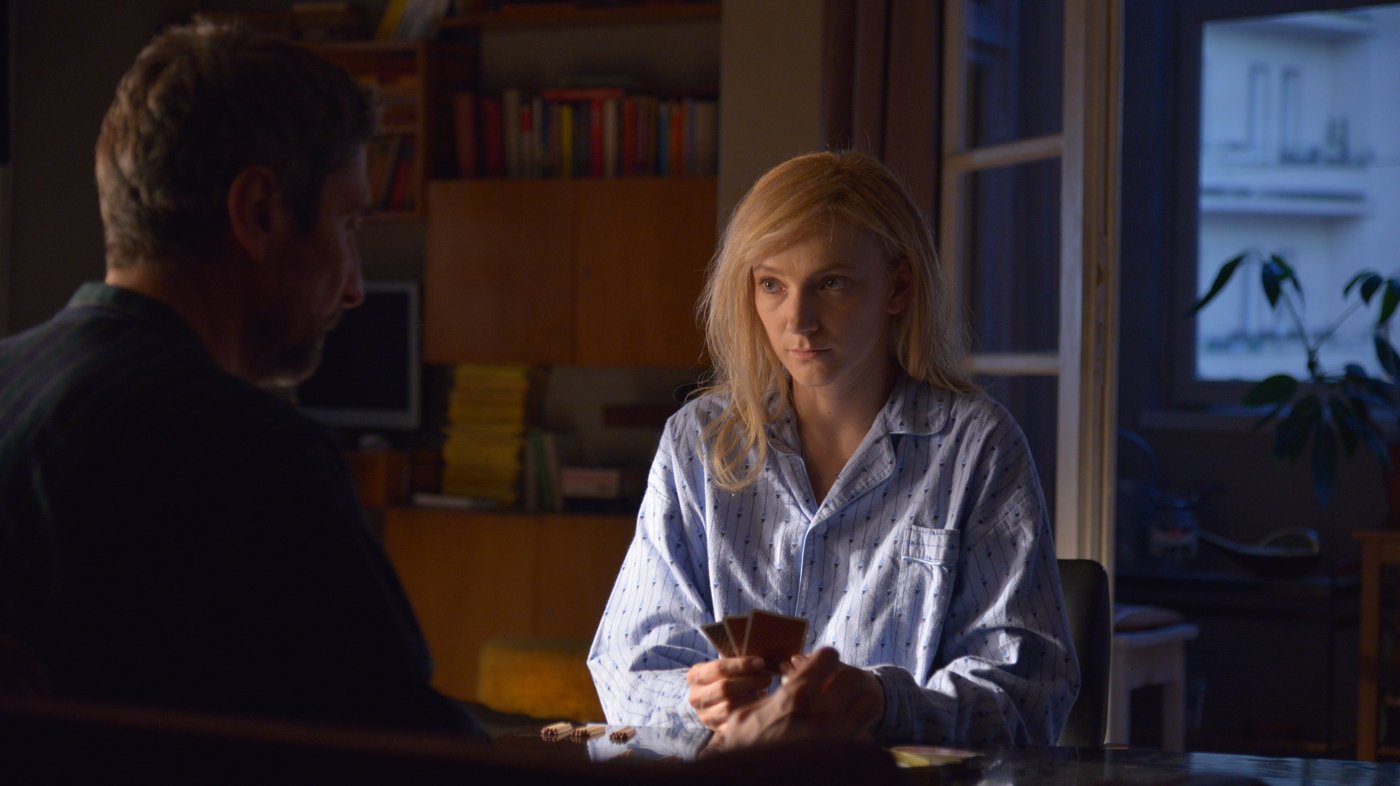
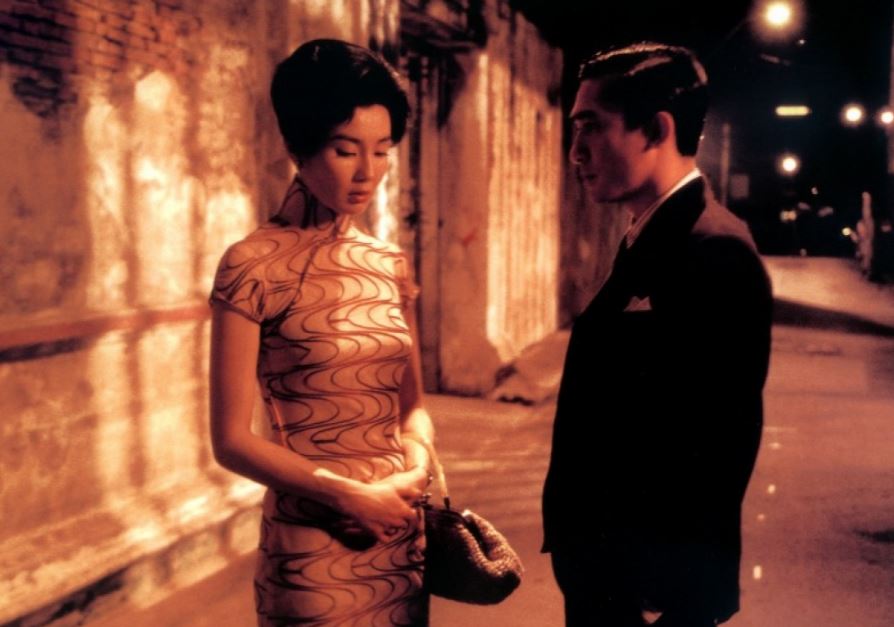
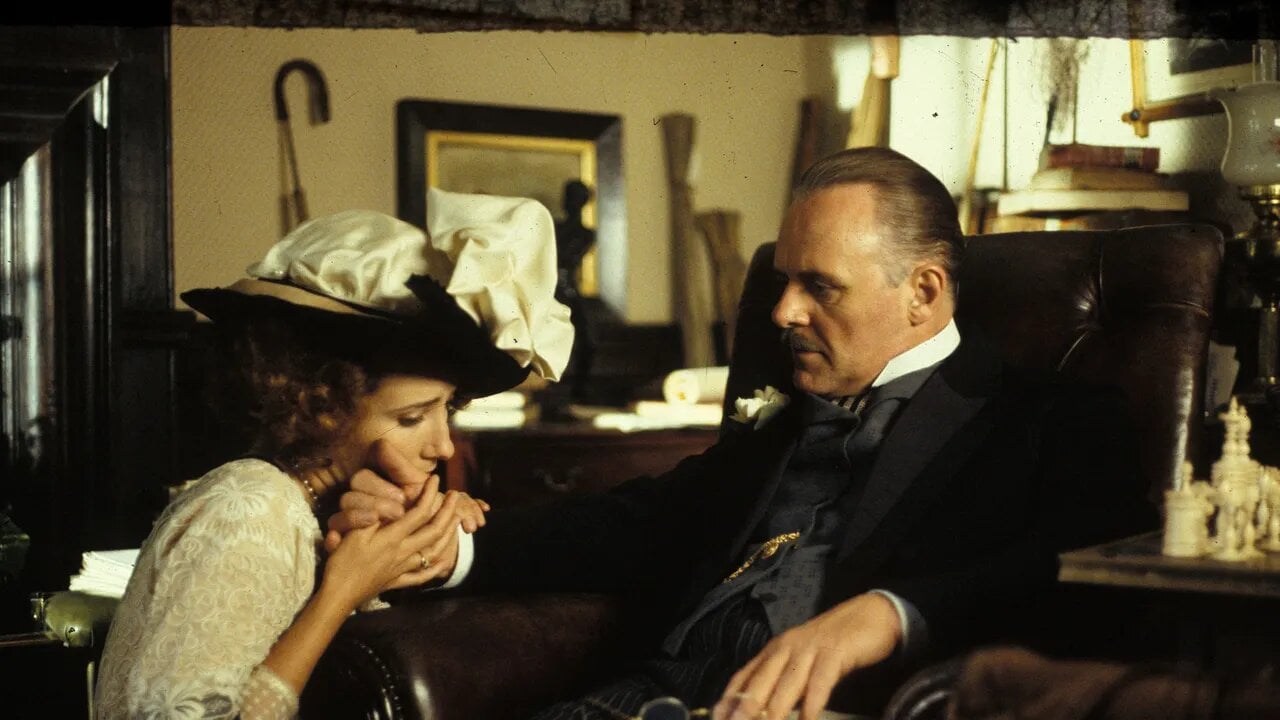
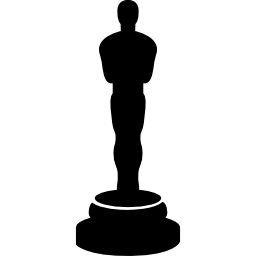 x9
x9